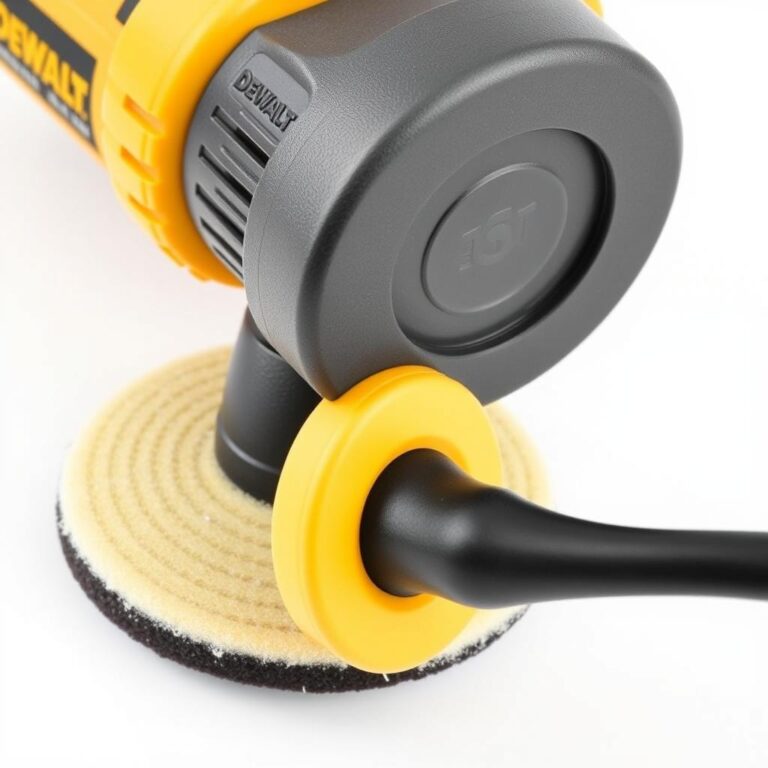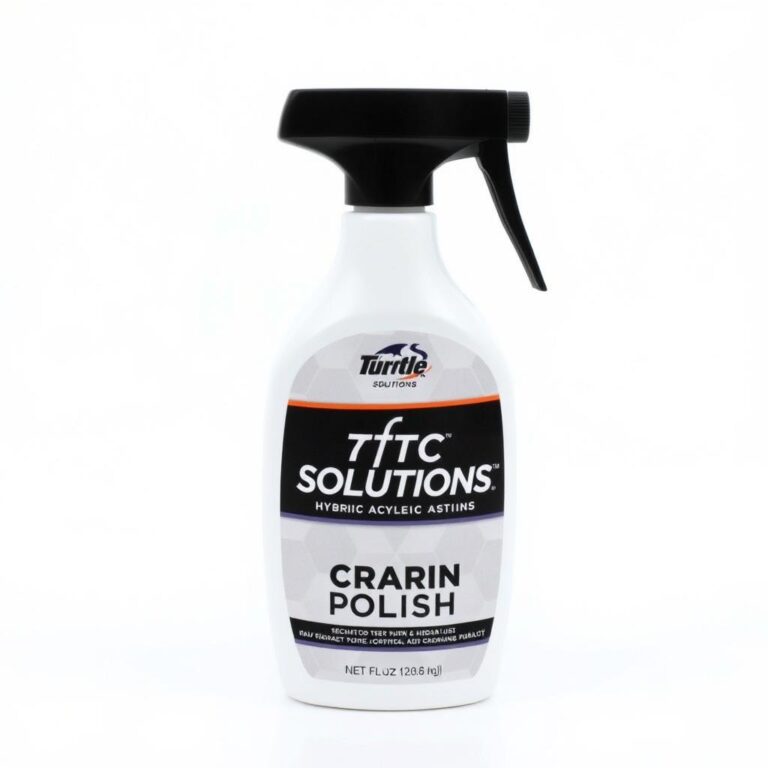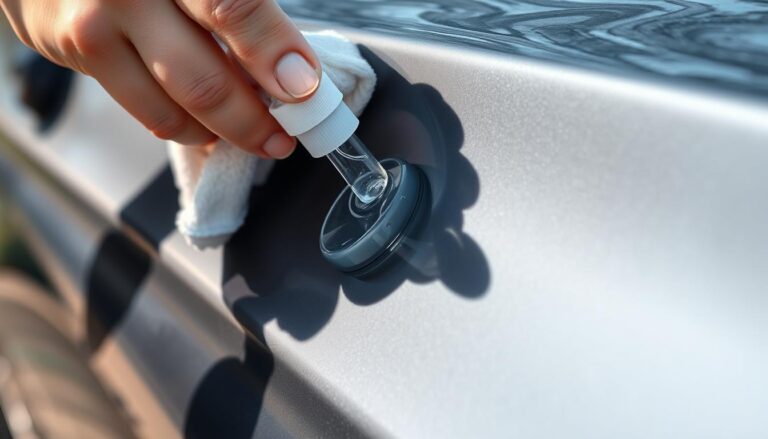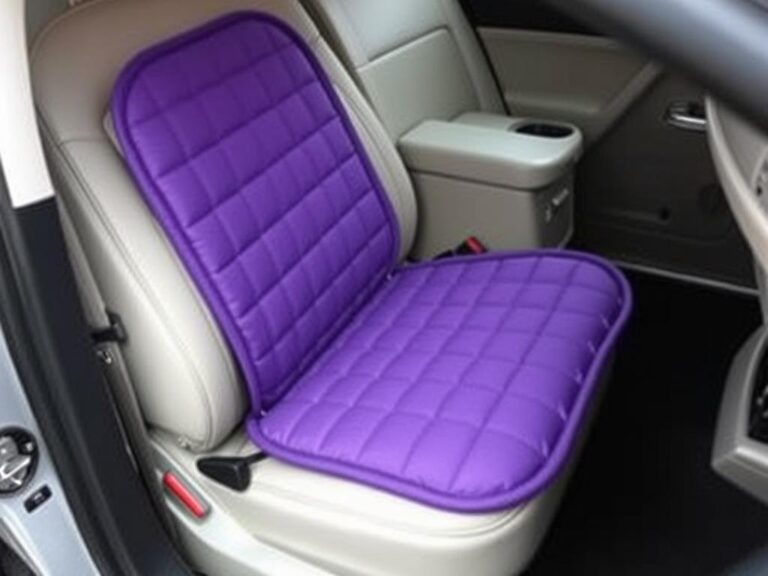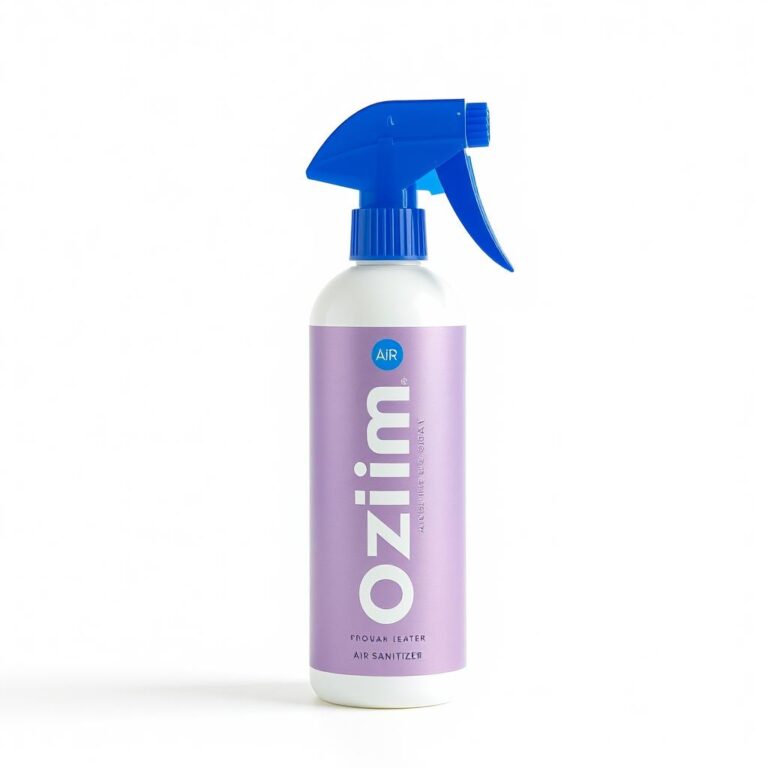Best Car Fire Extinguishers in 2025
Vehicle fires happen more often than you might think. The National Fire Protection Association reports over 100,000 car fires annually in the United States alone. Having a reliable car fire extinguisher within reach can mean the difference between a minor incident and a total loss of your vehicle. This guide helps you select the right fire extinguisher for your car, truck, SUV, or RV based on verified specifications, user experiences, and critical safety features.
As an Amazon Associate, we earn from qualifying purchases.
Top Car Fire Extinguishers Compared
| Product Image | Model | Best For | Extinguishing Agent | Capacity | Certification | Price | Action |
| H3R MaxOut 2.5 lb Editor’s Choice | All-around protection | Dry Chemical (ABC) | 2.5 lbs | UL/DOT | $55-65 | Check Price on Amazon | |
 |
Kidde FX210 | Compact cars | Dry Chemical (BC) | 2 lbs | UL | $25-35 | Check Price on Amazon |
 |
H3R HalGuard | Luxury vehicles | Halotron (BC) | 1.4 lbs | UL/DOT | $95-115 | Check Price on Amazon |
Understanding Car Fire Extinguisher Types
Before diving into specific products, it’s important to understand the different types of fire extinguishers available for vehicles and what they’re designed to combat.
Fire Classifications
- Class A Fires: Ordinary combustibles like paper, wood, and cloth. Common in vehicle interiors.
- Class B Fires: Flammable liquids such as gasoline, oil, and transmission fluid. The most common type of vehicle fire.
- Class C Fires: Electrical fires involving wiring and batteries. Increasingly common with modern vehicles.
- Class K Fires: Cooking oils and fats. Rarely relevant for standard vehicles but may matter for RVs.
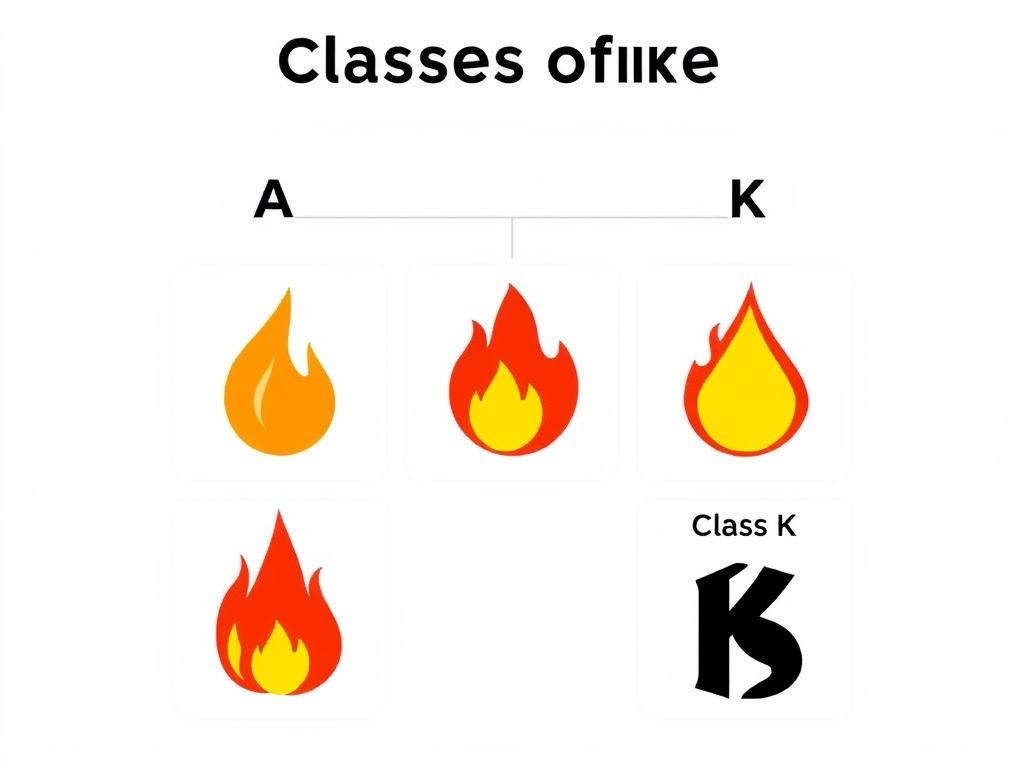
Extinguishing Agents
Dry Chemical
The most common and versatile type. ABC-rated dry chemical extinguishers can fight all three common vehicle fire types. However, they leave a corrosive powder residue that can damage electronics and require thorough cleanup.
Clean Agents
Includes Halotron and Halon 1211. These leave no residue, making them ideal for expensive vehicles. They’re effective against Class B and C fires but typically not rated for Class A. They’re also more expensive than dry chemical options.
Water-Based
Rarely used in vehicles as they’re only effective against Class A fires and can be dangerous when used on electrical or liquid fires. Not recommended for automotive applications unless specifically designed for multiple fire classes.
Detailed Reviews of the Best Car Fire Extinguishers
1. H3R MaxOut 2.5 lb – Editor’s Choice

The H3R MaxOut earns our top recommendation for its balance of effectiveness, reliability, and value. This 2.5-pound dry chemical extinguisher uses a powerful ABC formula that tackles all common vehicle fire types while remaining compact enough to mount in most cars, trucks, and SUVs.
Specifications
- Extinguishing Agent: Dry Chemical (ABC)
- Capacity: 2.5 lbs
- Certification: UL/DOT
- Temperature Range: -65°F to 120°F
- Discharge Time: 10 seconds
- Range: 9-15 feet
- Dimensions: 14.5″ x 3.25″
- Warranty: 6 years
Pros
- Fights all common vehicle fire types (ABC rated)
- All-metal construction for durability
- Includes vehicle mounting bracket
- Wide temperature tolerance
- Rechargeable design
Cons
- Powder residue requires cleanup
- Heavier than some alternatives
- Higher price point than basic models
Vehicle owners consistently praise the H3R MaxOut for its solid construction and reliable performance. Many mention the ease of mounting it securely using the included bracket. Some users note that while it’s not the cheapest option, the peace of mind from a reputable brand with proper certifications is worth the investment.
2. Kidde FX210

The Kidde FX210 is our budget-friendly recommendation that doesn’t compromise on essential safety features. This 2-pound BC-rated extinguisher is ideal for compact cars where space is at a premium but fire protection is still a priority.
Specifications
- Extinguishing Agent: Dry Chemical (BC)
- Capacity: 2 lbs
- Certification: UL
- Temperature Range: -40°F to 120°F
- Discharge Time: 8-12 seconds
- Range: 6-10 feet
- Dimensions: 13.75″ x 3.25″
- Warranty: 3 years
Pros
- Affordable price point
- Compact size fits in tight spaces
- Includes mounting bracket
- Easy-to-read gauge
Cons
- Not rated for Class A fires
- Shorter warranty than premium models
- Plastic components in valve assembly
Users appreciate the Kidde FX210 for its value and compact design. Many mention successfully mounting it in small sedans and sports cars where larger extinguishers wouldn’t fit. Some reviewers note that while it’s not rated for Class A fires, it addresses the most common vehicle fire types (flammable liquids and electrical).
3. H3R HalGuard

The H3R HalGuard represents the premium segment of vehicle fire extinguishers. Using Halotron clean agent technology, it effectively fights Class B and C fires without leaving damaging residue, making it ideal for luxury vehicles, classic cars, and high-end electronics.
Specifications
- Extinguishing Agent: Halotron (BC)
- Capacity: 1.4 lbs
- Certification: UL/DOT
- Temperature Range: -40°F to 120°F
- Discharge Time: 9 seconds
- Range: 6-10 feet
- Dimensions: 11.5″ x 2.5″
- Warranty: 5 years
Pros
- Leaves no residue after discharge
- Compact and lightweight design
- Won’t damage electronics or interior
- Available in chrome or red finish
- Premium construction quality
Cons
- Higher price point
- Not rated for Class A fires
- Smaller capacity than dry chemical options
Owners of luxury and classic vehicles particularly value the HalGuard for its clean agent technology. Many reviewers highlight the peace of mind knowing that if they need to use it, they won’t be facing additional damage from the extinguishing agent itself. The premium price is frequently mentioned, but most users feel it’s justified for protecting valuable vehicles.
4. First Alert AUTO5

The First Alert AUTO5 is designed specifically for automotive use with a compact form factor and easy-to-use operation. This 5-B:C rated extinguisher offers reliable protection against flammable liquid and electrical fires at an accessible price point.
Specifications
- Extinguishing Agent: Dry Chemical (BC)
- Capacity: 2 lbs
- Certification: UL
- Temperature Range: -40°F to 120°F
- Discharge Time: 8-10 seconds
- Range: 6-8 feet
- Dimensions: 11″ x 3.5″
- Warranty: 5 years
Pros
- Affordable price point
- Compact design
- Includes mounting bracket and strap
- Easy-to-read gauge
- Trusted household safety brand
Cons
- Not rated for Class A fires
- Shorter discharge time than some competitors
- Plastic components in construction
Users frequently mention the First Alert AUTO5’s value proposition and brand reliability. Many appreciate the included mounting strap that helps secure the extinguisher in various vehicle locations. Some reviewers note that while it’s not the most powerful option, it provides adequate protection for most common vehicle fire scenarios.
5. Amerex B417

The Amerex B417 is a professional-grade 2.5-pound ABC dry chemical extinguisher that’s popular with racing teams and serious automotive enthusiasts. Its all-metal construction and reliable performance make it a top choice for those who want commercial-quality protection in their vehicle.
Specifications
- Extinguishing Agent: Dry Chemical (ABC)
- Capacity: 2.5 lbs
- Certification: UL/DOT
- Temperature Range: -65°F to 120°F
- Discharge Time: 14 seconds
- Range: 12-18 feet
- Dimensions: 15.25″ x 3.25″
- Warranty: 6 years
Pros
- Commercial-grade construction
- Longer discharge time than competitors
- Greater discharge range
- All-metal valve assembly
- Meets racing organization requirements
Cons
- Higher price point
- Heavier than some alternatives
- Vehicle bracket sold separately
Racing enthusiasts and professional drivers particularly value the Amerex B417 for its reliability and performance. Many mention that it meets or exceeds the requirements for various racing organizations. Some users note that while the bracket is sold separately, the quality of the extinguisher itself justifies the additional expense.
Car Fire Extinguisher Mounting Options
Even the best fire extinguisher is useless if you can’t access it quickly during an emergency. Here are the most effective mounting solutions for different vehicle types:
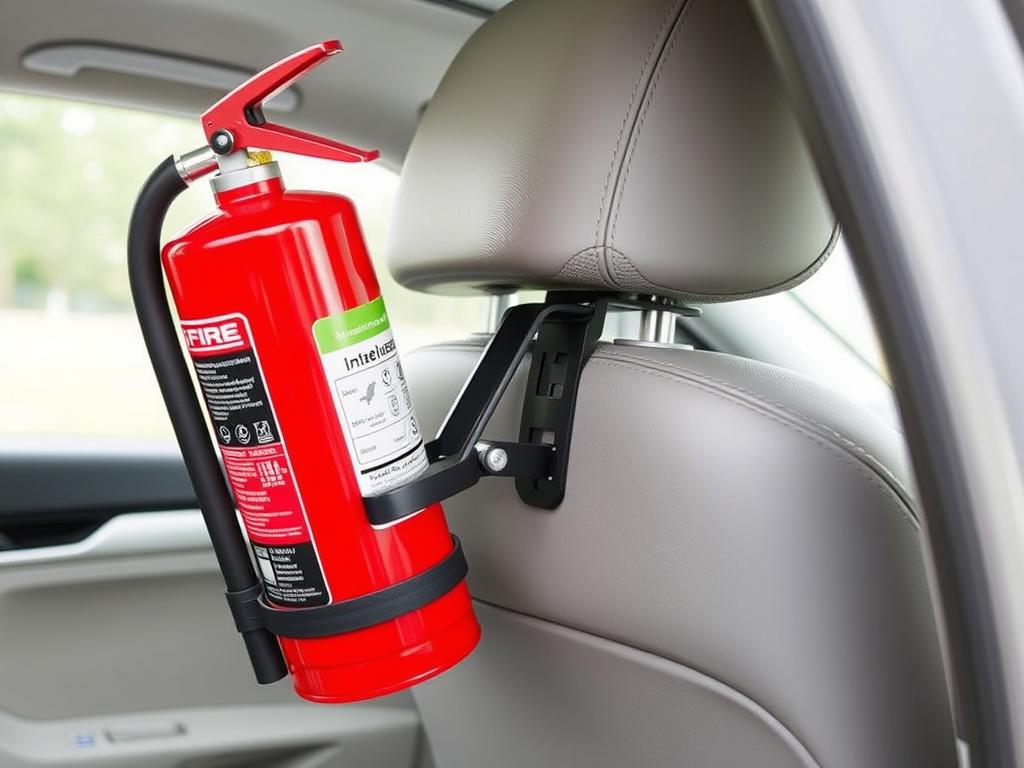
Seat Rail Mounts
These attach to the front passenger seat rails, keeping the extinguisher accessible to the driver while remaining out of the way. Ideal for sedans and smaller vehicles where space is limited.
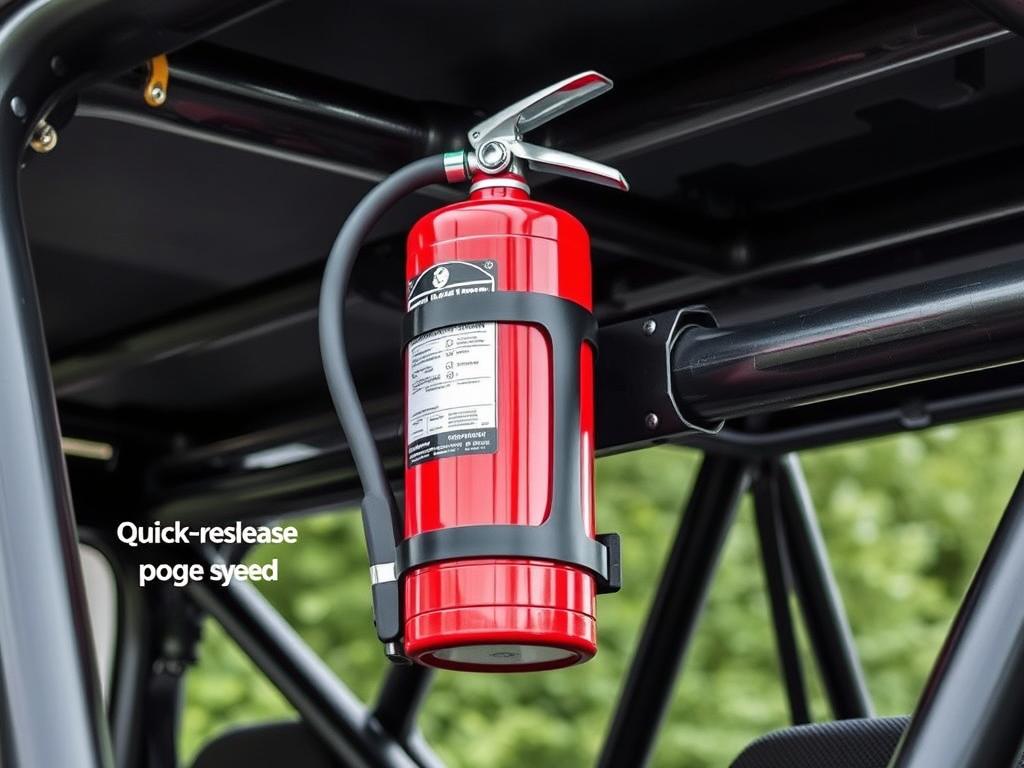
Roll Bar Mounts
Perfect for Jeeps, off-road vehicles, and race cars with roll cages. These secure the extinguisher to the roll bar with quick-release mechanisms for fast access during emergencies.
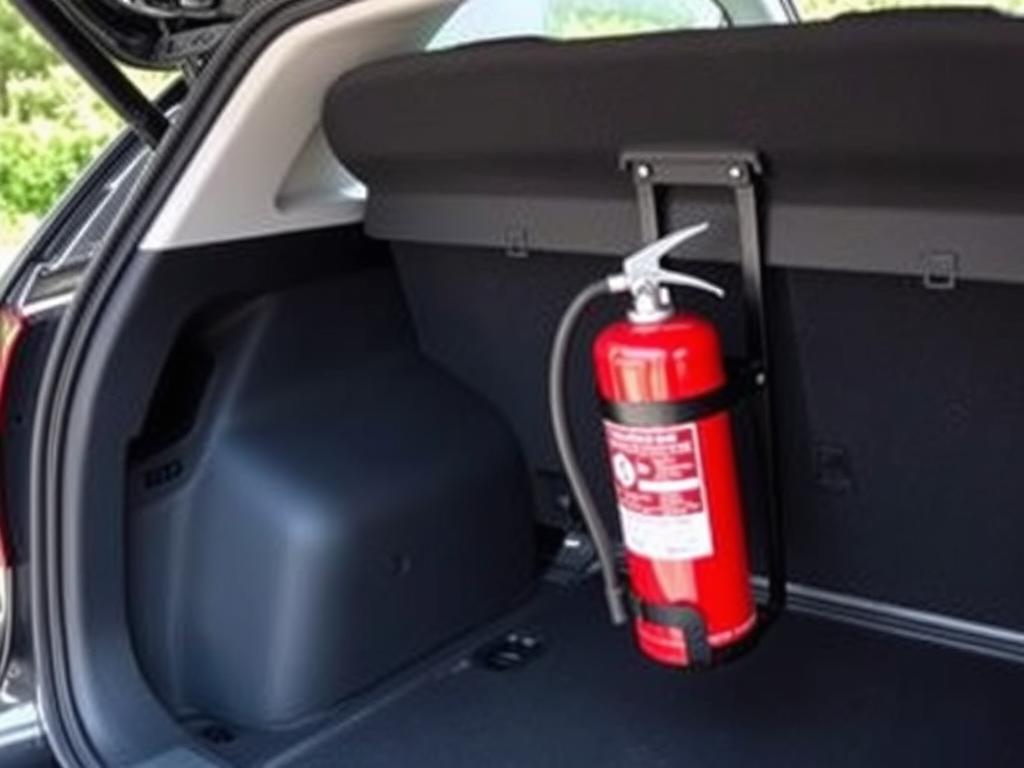
Trunk/Cargo Mounts
Designed for SUVs, trucks, and vehicles with cargo areas. These keep the extinguisher secure but accessible in the rear of the vehicle, ideal when you need a larger extinguisher that won’t fit in the cabin.
Important Mounting Considerations
- Mount your extinguisher where you can reach it while seated in the driver’s position
- Ensure the mounting bracket is secured to a solid structural component
- Check that the pressure gauge is visible for regular inspections
- Verify the extinguisher doesn’t interfere with vehicle controls or airbag deployment zones
- Consider quick-release mechanisms for racing applications
How to Choose the Best Car Fire Extinguisher for Your Needs
Fire Classifications and Vehicle Risks
Different vehicles face different fire risks. Consider your specific needs:
- Daily Drivers: An ABC-rated extinguisher covers most common vehicle fires
- Classic/Luxury Cars: Consider a clean agent (Halotron) to prevent residue damage
- Race Cars: Check organization requirements; typically need quick-release mounts
- Off-Road Vehicles: Consider larger capacity due to remote locations and increased risk
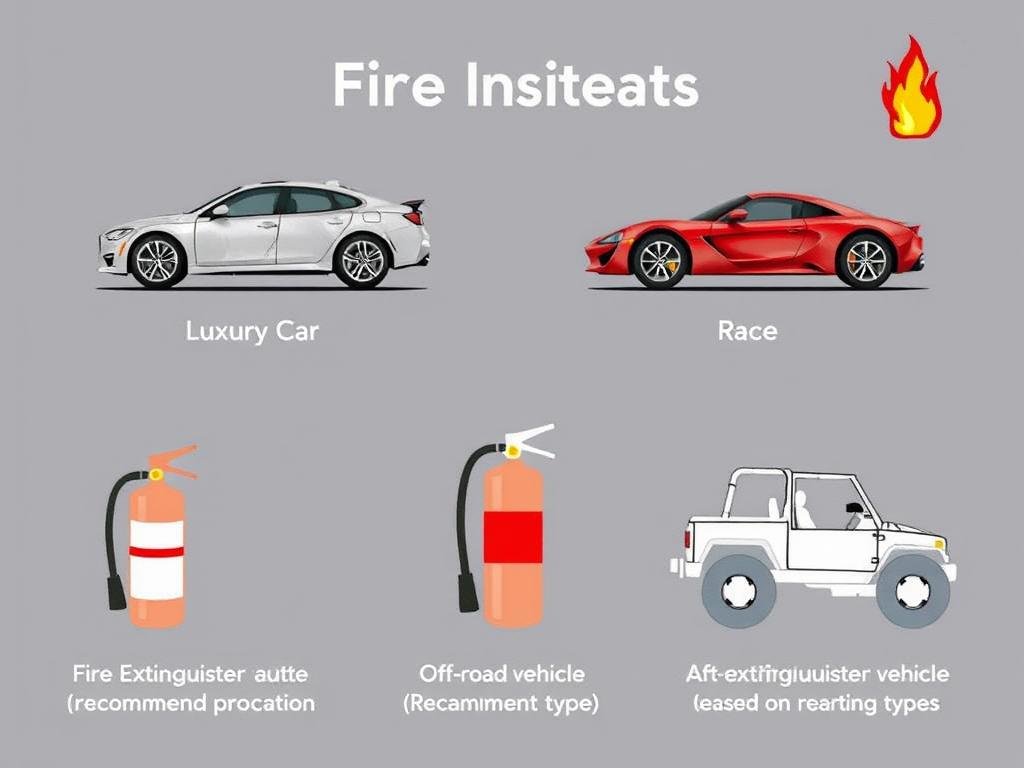
Size and Capacity Considerations
Balance effectiveness with practicality:
- 1-2 lb Extinguishers: Compact but limited discharge time (6-10 seconds)
- 2.5-3 lb Extinguishers: Good balance of size and effectiveness for most vehicles
- 5+ lb Extinguishers: Maximum protection but require more storage space
Certification and Quality Markers
Always look for these important certifications:
- UL Listed: Tested and certified by Underwriters Laboratories
- DOT Approved: Meets Department of Transportation requirements
- Coast Guard Approved: Important for marine vehicles
- Temperature Rating: Ensure it can withstand your climate’s extremes
Budget Considerations
Budget ($20-35)
Basic BC-rated extinguishers with plastic components. Adequate for minimal protection but may have shorter lifespans and limited effectiveness.
Mid-Range ($40-70)
Quality ABC-rated extinguishers with metal construction. The sweet spot for most vehicle owners, offering good protection and durability.
Premium ($80-120+)
Clean agent extinguishers or commercial-grade options. Best for luxury vehicles, classic cars, or when maximum protection is required.
Maintaining Your Car Fire Extinguisher
A fire extinguisher is only effective if it’s properly maintained. Follow these guidelines to ensure yours will work when needed:
Monthly Checks
- Verify the pressure gauge shows proper charge (in the green zone)
- Check that the pin and tamper seal are intact
- Ensure the extinguisher is still securely mounted
- Inspect for visible damage, corrosion, or leakage
- Confirm the nozzle is unobstructed
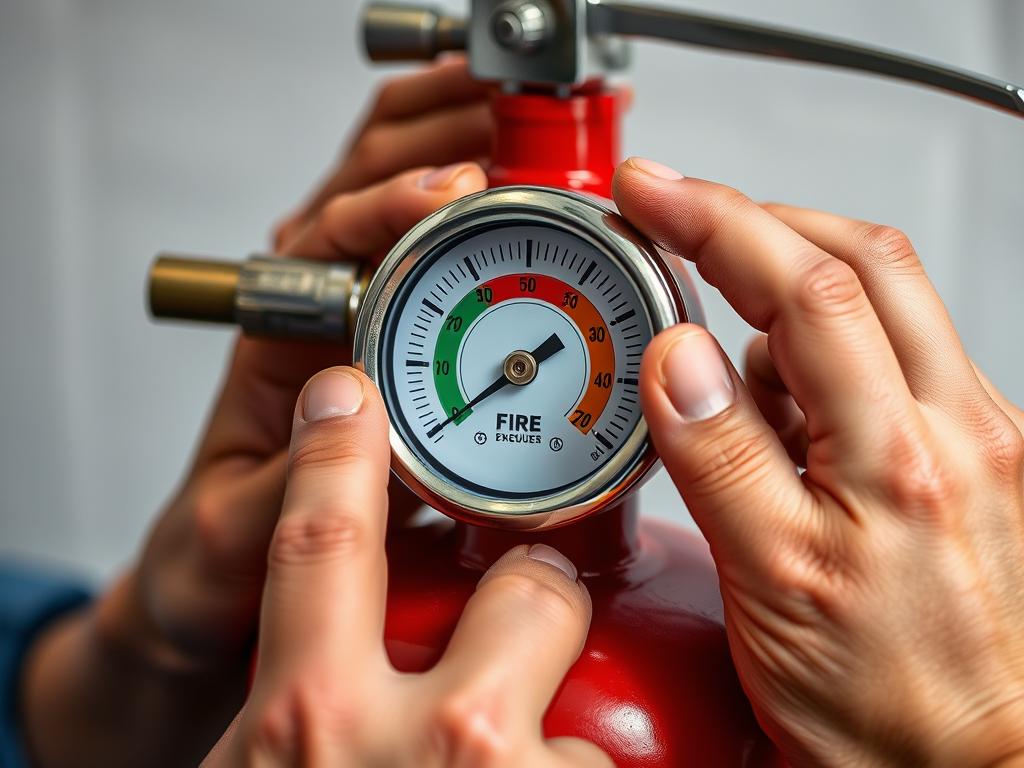
Annual Professional Inspection
Many fire safety experts recommend having your extinguisher professionally inspected annually. This typically includes:
- Thorough examination of all components
- Pressure testing
- Verification of the extinguishing agent
- Certification of continued compliance with safety standards
When to Replace Your Extinguisher
- If the pressure gauge shows under or over-charged (not in green zone)
- After use, even if only partially discharged
- If there’s visible damage to the cylinder or valve
- When it reaches the end of its service life (typically 5-12 years, check manufacturer specifications)
- If the pin or tamper seal is broken or missing
Frequently Asked Questions About Car Fire Extinguishers
Where is the best place to mount a fire extinguisher in my car?
The ideal mounting location is within reach of the driver’s seat, typically on the passenger side floor or attached to the passenger seat rail. This allows you to quickly access it without exiting the vehicle. Avoid placing it in the trunk or glovebox where it might be inaccessible during an emergency.
Are car fire extinguishers required by law?
In the United States, personal vehicles are generally not legally required to carry fire extinguishers (unlike commercial vehicles over 10,000 lbs GVWR). However, some racing organizations and off-road parks require them for participation. Regardless of legal requirements, having one is a smart safety precaution.
How do I use a car fire extinguisher effectively?
Remember the acronym PASS: Pull the pin, Aim at the base of the fire, Squeeze the handle, and Sweep from side to side. Maintain a safe distance (usually 6-8 feet) and always ensure you have an escape route. For vehicle fires, it’s best to approach from upwind to avoid smoke and fumes.
Will extreme temperatures affect my car fire extinguisher?
Yes, most car fire extinguishers are rated for temperatures between -40°F and 120°F. In regions with extreme temperatures, check your extinguisher’s specific rating and consider a model with a wider temperature range. During temperature extremes, check the pressure gauge more frequently to ensure proper function.
Can I refill or recharge my car fire extinguisher after use?
Most quality fire extinguishers can be recharged by certified fire equipment dealers. However, smaller automotive extinguishers (under 2.5 lbs) are often more economical to replace than recharge. Check with the manufacturer or a local fire safety company for specific guidance on your model.
Conclusion: Choosing the Right Car Fire Extinguisher
Investing in a quality car fire extinguisher is an essential safety precaution for any vehicle owner. Our top recommendation, the H3R MaxOut 2.5 lb, offers the best balance of effectiveness, reliability, and value for most drivers. For luxury vehicle owners concerned about residue damage, the H3R HalGuard provides premium protection. Budget-conscious shoppers will find the Kidde FX210 offers adequate protection at an accessible price point.
Remember that the best fire extinguisher is one that’s properly sized for your vehicle, easily accessible in an emergency, and regularly maintained. By considering the specific needs of your vehicle and driving habits, you can select an extinguisher that provides peace of mind on every journey.
Protect Your Vehicle Today
Don’t wait until it’s too late. A small investment now could save your vehicle—and potentially lives—in an emergency situation.


